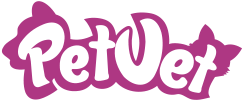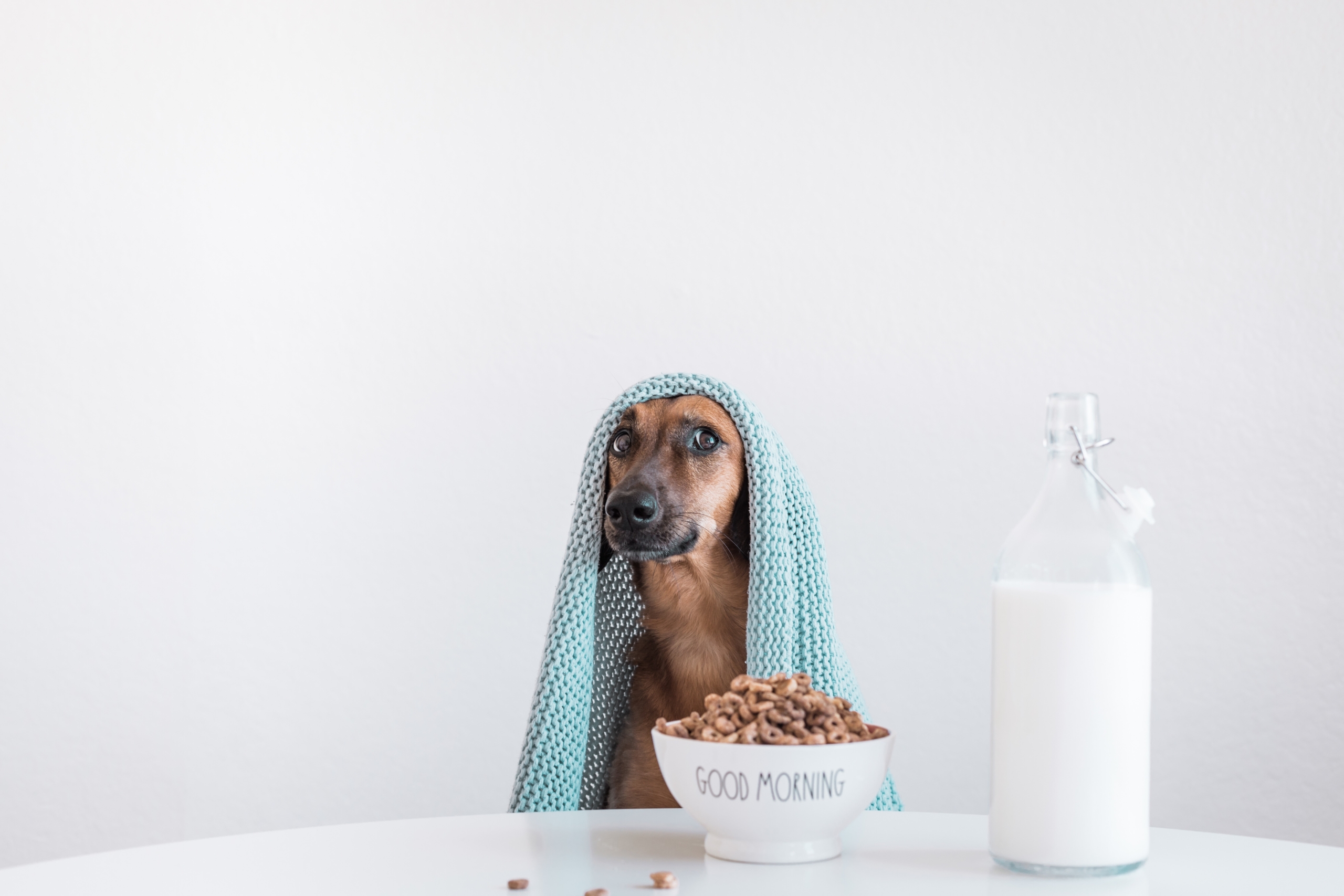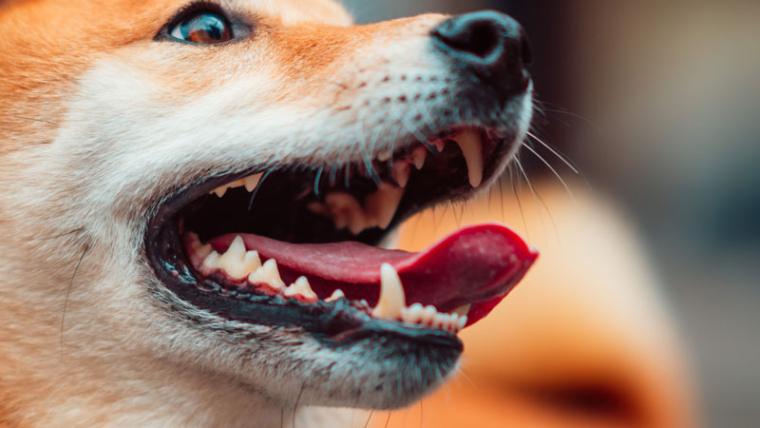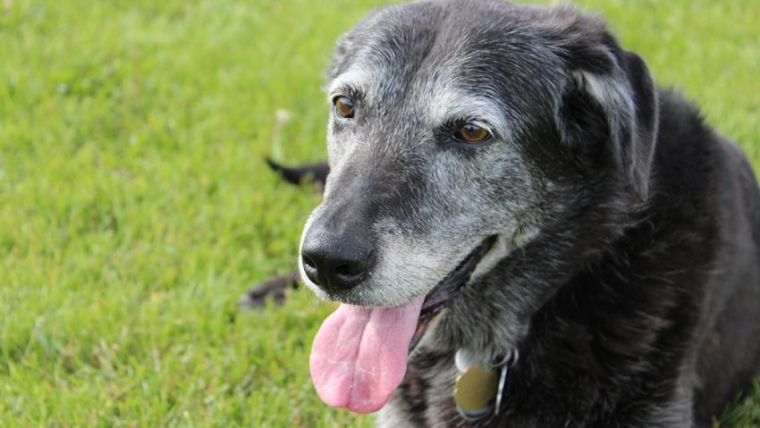As a pet parent, you’d want to give your dog the best. While your furry friend would probably be more than happy to eat just anything you offer, it definitely shouldn’t.
Needless to say, dogs’ bodies are different to ours- not just from the outside, and therefore, they cannot always consume the same types of food that we can, so you might want to think twice before sharing your pizza.
When it comes to feeding your dog, you have 2 options:
- Homemade food
- Commercial grade kibble
Whichever you choose, it’s always important to remember that there are two things that your dog’s diet will depend on:
- Age
- Medical conditions
We always recommend visiting your Veterinarian of choice for a tailored plan on what your doggy-diet should consist of, especially if your dog has been diagnosed with a medical condition (eg:- renal, atopy, hepatic etc.), but here are a few basics to help you along the way.
Foods dogs can eat
1. Commercial-grade kibble
This is always the safest option for your dogs, as commercial-grade kibble contains all the necessary nutrients for them- as long as you pick the right age category. As for portions according to weight, this may vary, so it’s best to read the label on the product itself.
Commercial grade kibble is also always recommended when it comes to feeding giant or large breed dogs, as it’s specially formulated for their needs, which can often otherwise be neglected.
Another benefit provided by kibble is the fact that it may cater to specific health needs, such as renal support. These types of kibble will be recommended to you by your veterinarian after your dog has been diagnosed.
2. Homemade food
Dogs seem to be more drawn towards wet foods as opposed to dry kibble- this is due to the fact that they’re heavily reliant on their sense of smell. The better their food smells, the more attracted they are. However, finding the right things to feed your furry friend can prove to be difficult. We recommend consulting your vet to create a specified diet.
Here’s a food pyramid that displays what your dog’s diet should consist of:
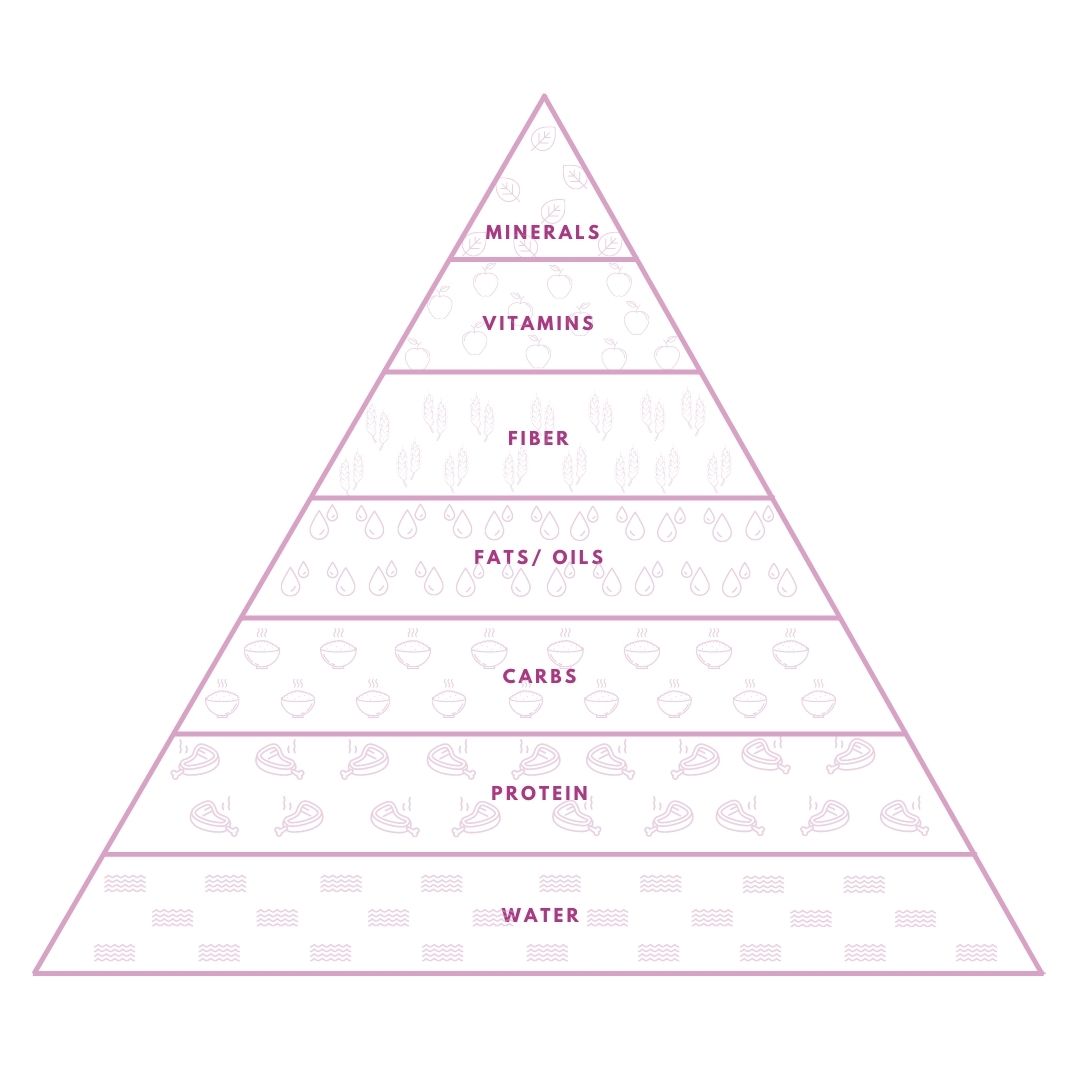
As you can see, your dog should be drinking lots of water, and its diet should consist of protein, carbs, fats, fiber, vitamins and minerals- with water and protein being the top priority.
When it comes to meats, it’s always best to make sure that whatever you’re using is fresh and lean. Apart from that, eggs and fish are also beneficial.
Wet foods containing these nutrients in the right proportions can often be purchased at supermarkets and can be mixed in with a carb of choice for a balanced meal, and apart from being healthy- your dog will probably love the smell!
Although it can be good to incorporate carbs into your dog’s diet, it’s important to remember that they should not be provided excessively, as it could lead to obesity and other digestive issues.
Food by Age
Puppies (8 – 16 weeks)
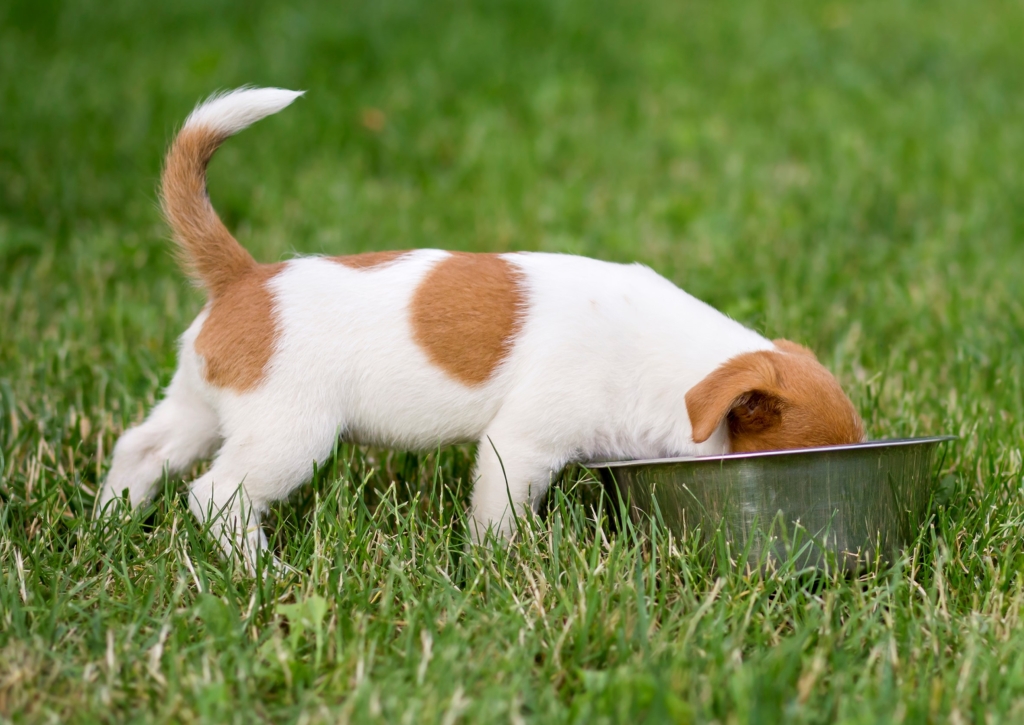
Ensuring that your puppy is consuming nutritious meals is vital for healthy growth. If you choose to give your puppy commercial grade kibble, make sure that it’s for the right age, as they have different nutritional needs to adult dogs and should not eat the same food. If you opt for a home made diet, make sure that the meal consists of carbs, protein and veggies- protein being the priority.
During this time, try to keep the meals you give your puppy consistent, as too many variations could lead to an upset stomach and other digestive issues. If you do want to change your puppy’s diet, it’s best to do it over a period of two weeks.
You can feed your puppy ¾ of a cup twice a day, or ½ a cup 3 times a day. After they’re 16 weeks, you can gradually increase the portions of food in your puppy’s diet and reduce the frequency of feeding to twice a day.
Adult Dogs
An adult dog’s diet is heavily dependent on its size and the amount of exercise it gets. If your dog is inactive, it will require less food, and overfeeding leads to obesity and other health complications.
Once again, protein should be prioritized- be in the form of boiled meat, fish or eggs. You can also add veggies into this mix; boiled pumpkin and grated carrot are great sources of protein for your dog, and can greatly improve their bowel health.
As aforementioned, your dog should be eating once or twice a day at this point in their life, as it takes between 8 – 10 hours for them to get hungry again after eating. For an ideal break in between, match their meal times to your breakfast and dinner. Similar to puppies, changing an adult dog’s diet should be done over two weeks.
Senior dogs
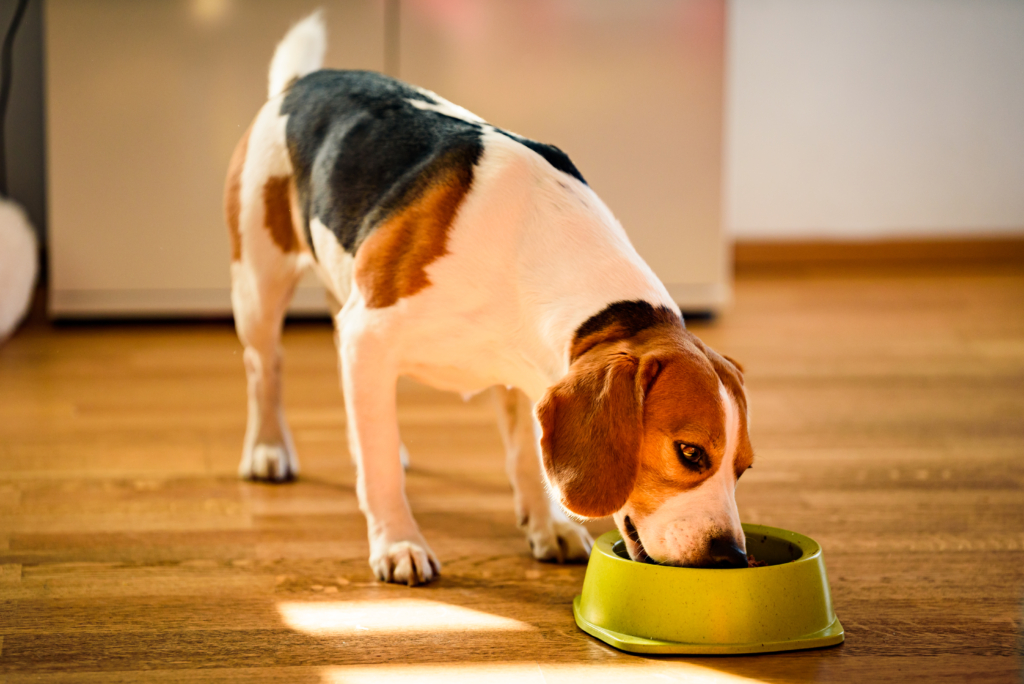
Senior dogs need relatively more care than adult dogs, especially since they tend to develop other complications as they age. Since they are less likely to be as active as they were before, it’s important to watch their quantities of food as it could easily result in obesity.
Prioritize giving your dog fiber and protein during this stage, and ensure that they’re drinking enough water. Any additional supplements and dietary requirements will be recommended by your vet.
Is human food bad for dogs?
All human food is not bad for dogs, but certain types are. This being said, you should avoid giving your dogs leftovers. Human food is heavily seasoned, and while the smell tempts your furry friend, its taste buds are not as heightened, and would therefore do just fine with something simpler- apart from that, some of this seasoning could cause serious complications to your dog’s health.
What can’t a dog eat?
- Chocolate
- Onions
- Garlic
- Citrus
- Lactose (with some exceptions)
- Pitted fruits
- Raw yeast dough
- Alcohol
- Caffeine
- Xylitol (artificial sweetener found in sweets and some baked goods)
- Heavy seasoning
- Fatty food
- Salt and heavy seasoning
Common questions
Is milk bad for dogs?
Not necessarily. It is not recommended that you give your dog milk, however, on an occasional basis, it’s harmless. Feel free to give your dog a few tablespoons once every few days as a treat. As we mentioned in our article on why cats shouldn’t have milk, dogs too lose the enzymes that break down lactose as they grow older, and therefore lose the ability to digest milk. Thus, milk in large quantities can lead to complications in the digestive tract, especially for older dogs.
Should I give my puppy milk?
Puppies stop needing milk at about 12 weeks old, especially if they’ve already weaned off their mothers. Giving your puppy cow’s milk is not recommended, as the lactose in it can lead to inflammatory bowel disorder. If you must give your puppy milk, try purchasing a vet-approved formulated puppy-milk replacer, or even goat’s milk.
Is yogurt bad for dogs?
No, yogurt is not bad for dogs. In fact, sometimes the probiotics in yogurt can help settle a bad stomach if you just add a tablespoon or two to their regular food- however, this may vary from brand to brand. You also wouldn’t want to give your dog yogurt excessively for the same reason you shouldn’t give it milk.
Is raw meat bad for dogs?
We don’t recommend giving your dog raw meat. Raw diets are rising in popularity due to the plethora of benefits they are said to provide, but it’s difficult to ensure that you’re not putting them at risk of contracting food borne bacterial infections like salmonella. In addition to this, human grade meat may come with a variety of preservatives which could be detrimental to your dogs health. Thus, it is far better to give your dog plain cooked meat.
Are bones bad for dogs?
Yes, we consider bones as something that’s bad for dogs. Although they improve your dog’s dental hygiene by removing the plaque buildup on its teeth, we do not recommend giving them to your dog as it could result in intestinal ruptures and esophageal blocks. A safer alternative would be rawhide.
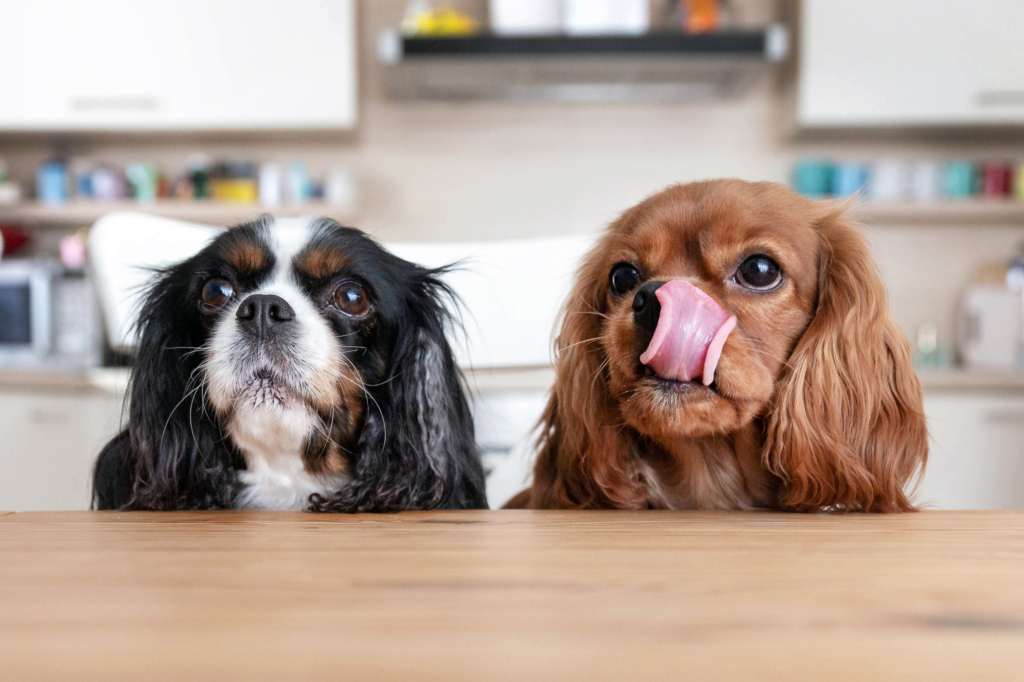
In conclusion, dietary requirements really vary from dog to dog, but the basis is usually the same. So there you have it, our basic guide on how to feed your dog. Hopefully, now you’ll feel better about saying “no” the next time you see them begging for a piece of your sandwich.
